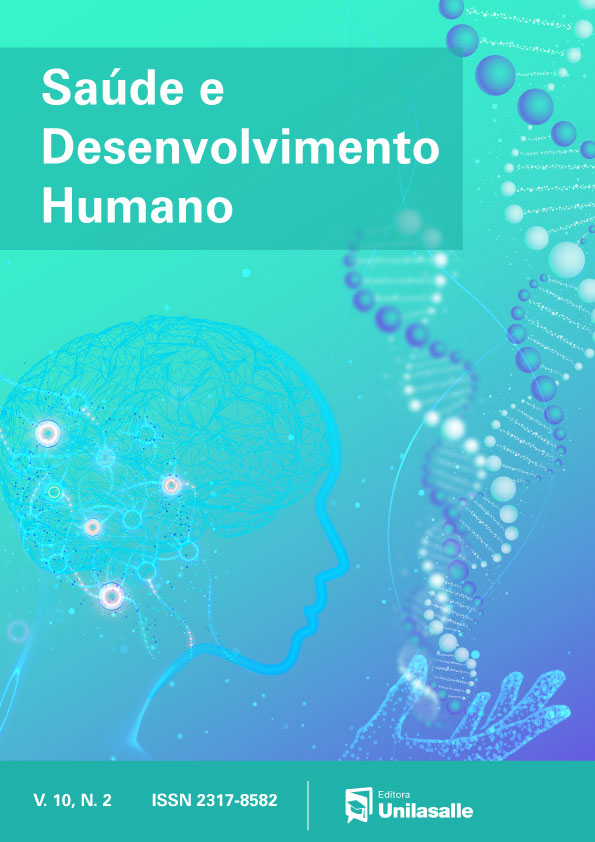3q27.3-q29 duplication and 2q37.2-q37.3 deletion rare in a female child with developmental delay and hypotonia in Manaus, Brazil
DOI:
https://doi.org/10.18316/sdh.v10i2.8274Keywords:
SNP array, Duplication, Deletion, Pathogenic Variants.Abstract
Introduction
Cytogenomic analyses play a fundamental role in the detection of genetic disorders in patients with developmental delay, and are an excellent diagnostic method.
Objective
Report the case in a female child with developmental delay and hypotonia and relate the existence of copy-number variations to understand their contribution to the appearance of the phenotype.
Methods
This is an case report. Anamnesis, female with 10 months of age at first appointment. Mother reported uneventful pregnancy with obstructed cesarean delivery and neonatal jaundice. She is the only child of a non-consanguineous, common characteristics of developmental delay and hypotonia. Physical examination, patient presented developmental delay, hypotonia, loose skin, hyperextensible joints, micrognathia, ankyloglossia, umbilical hernia, camptodactyly and involuntary convulsive seizures. Cytogenomic analysis, SNP Array.
Results
SNP array revealed a duplication in 3q27.3.3q29 and a deletion in 2q37.2.2q37.3, both considered pathogenic.
Conclusion
Among the pathogenic variants, already known duplications syndromes were observed, as well as changes that are not described in the literature. The altered regions contain genes that are sensitive to dosage and/or gene haploinsufficiency, contributed to the phenotype of the patient. SNP array proved to be paramount in the diagnostic elucidation of patient, and made it possible to therapeutic management and genetic counseling.
Downloads
Published
Issue
Section
License
Authors who submit their manuscripts to be published in this journal agree to the following terms:
- Authors retain copyright and grant the journal right of first publication with the work simultaneously licensed under the Creative Commons Attribution License that allows the sharing of work and recognition of its initial publication in this journal.
- By virtue of the articles appearing in this open access journal, articles are free to use, with proper attribution, in educational and non-commercia.


